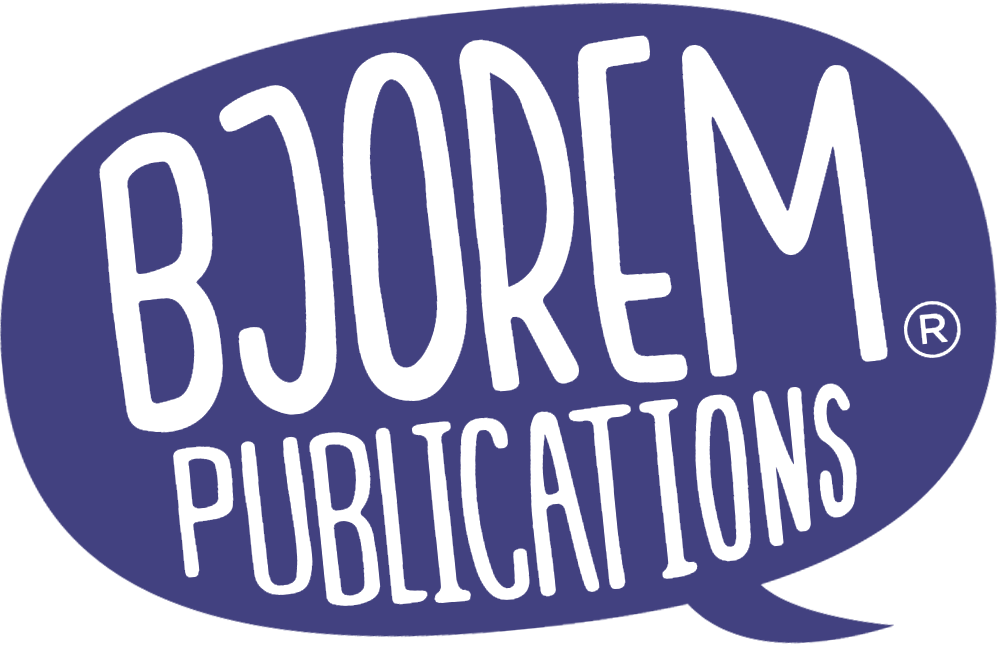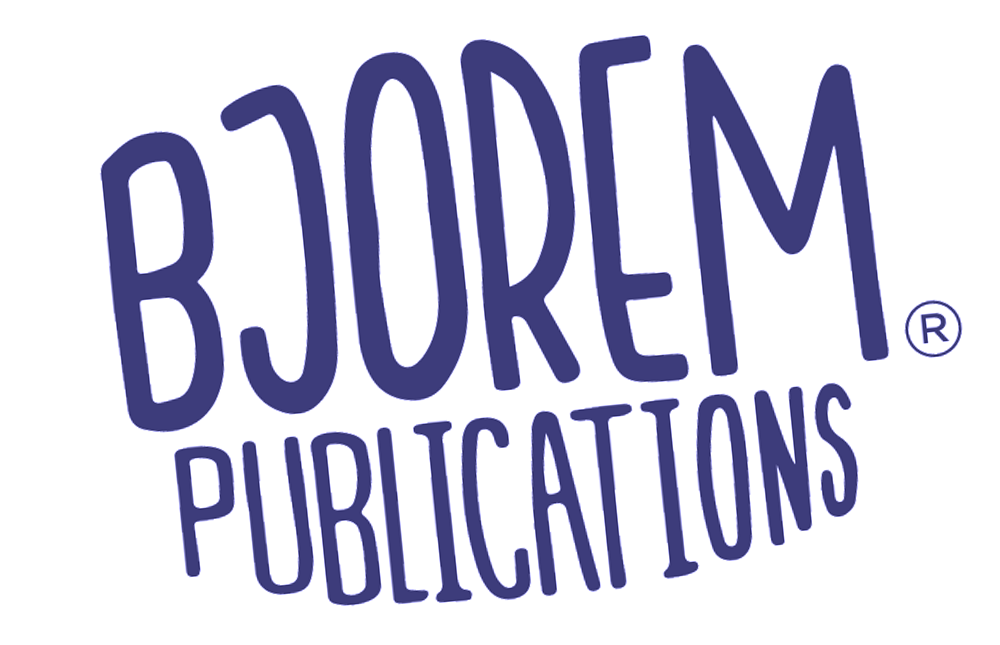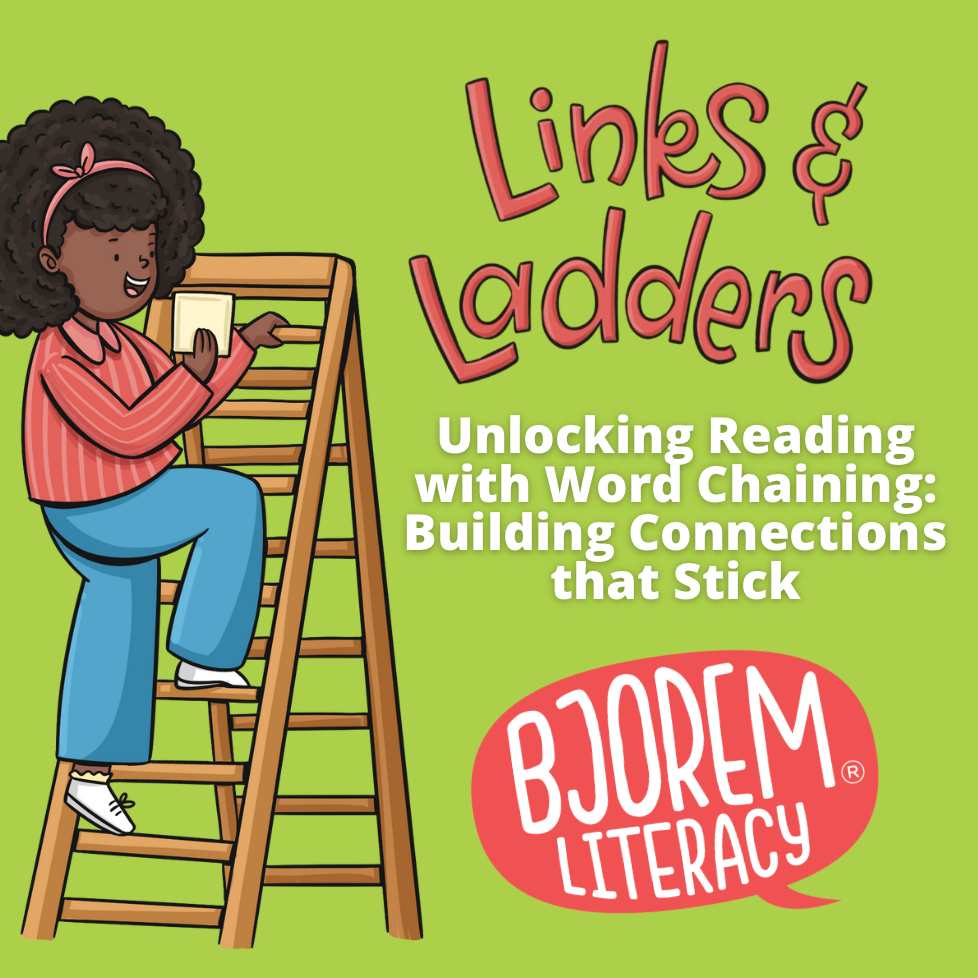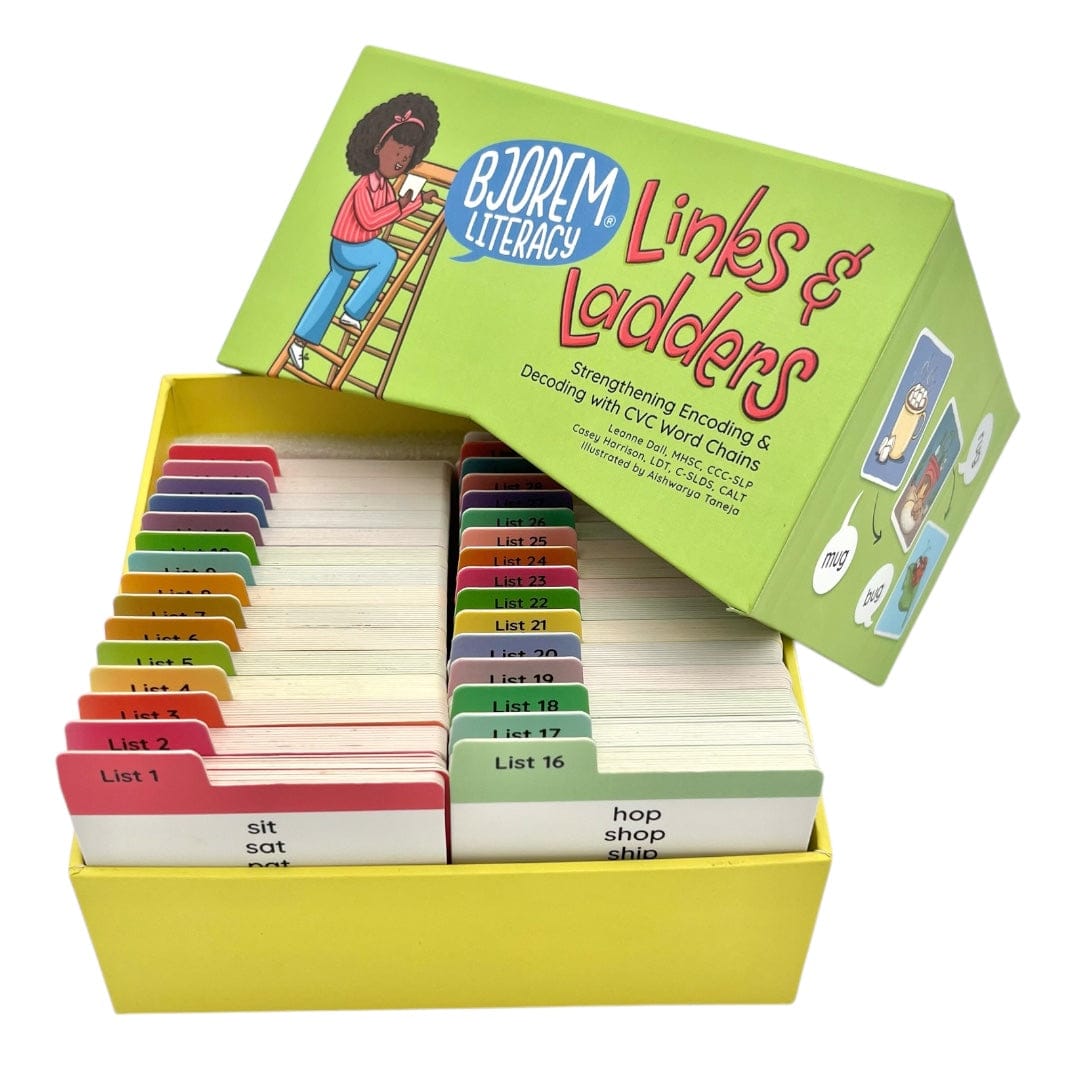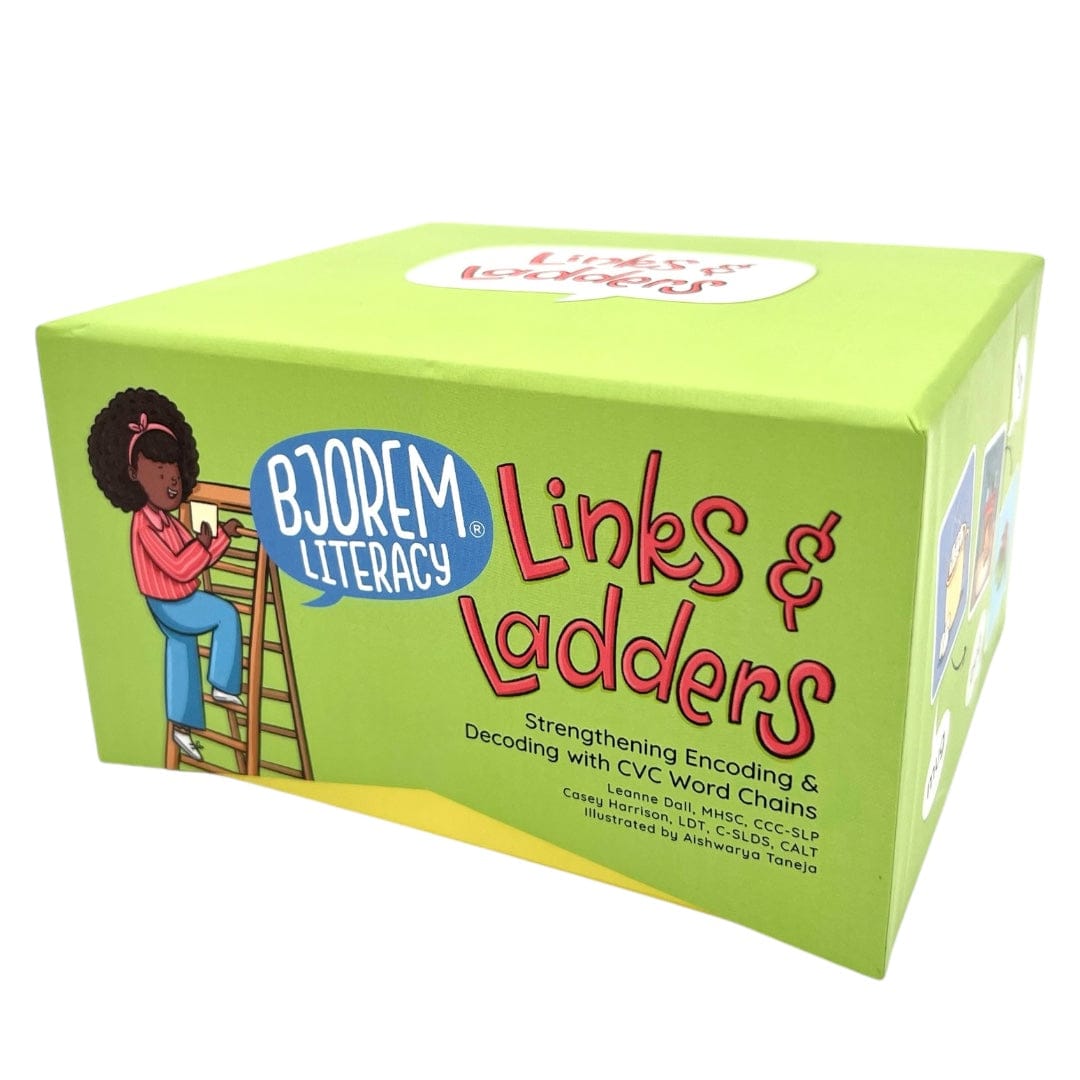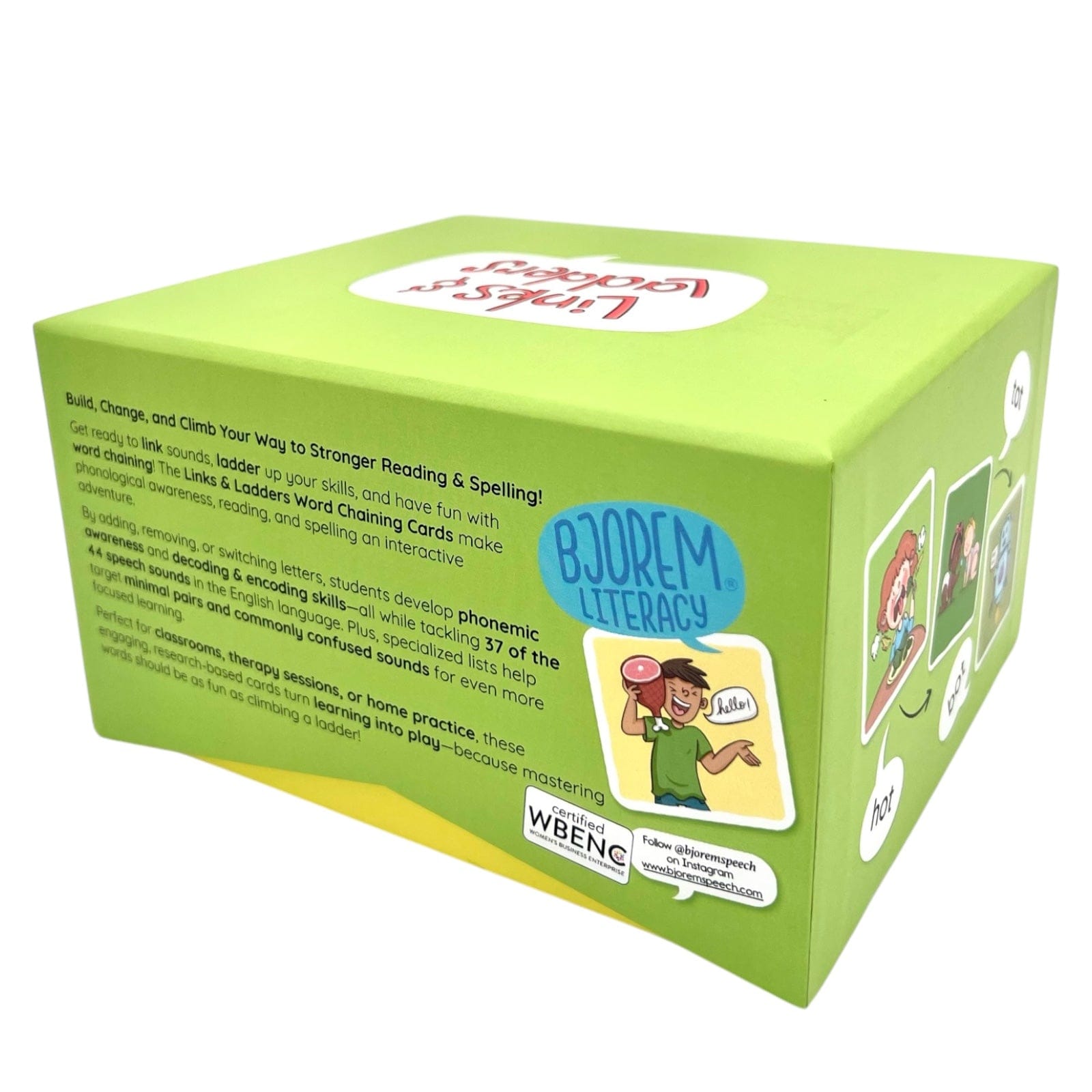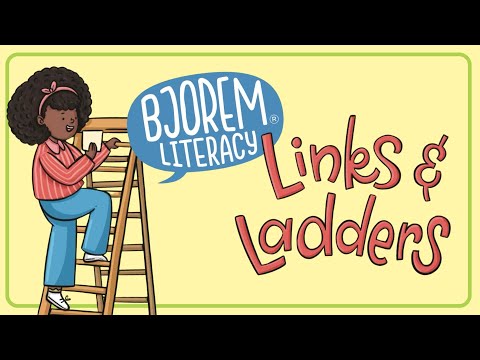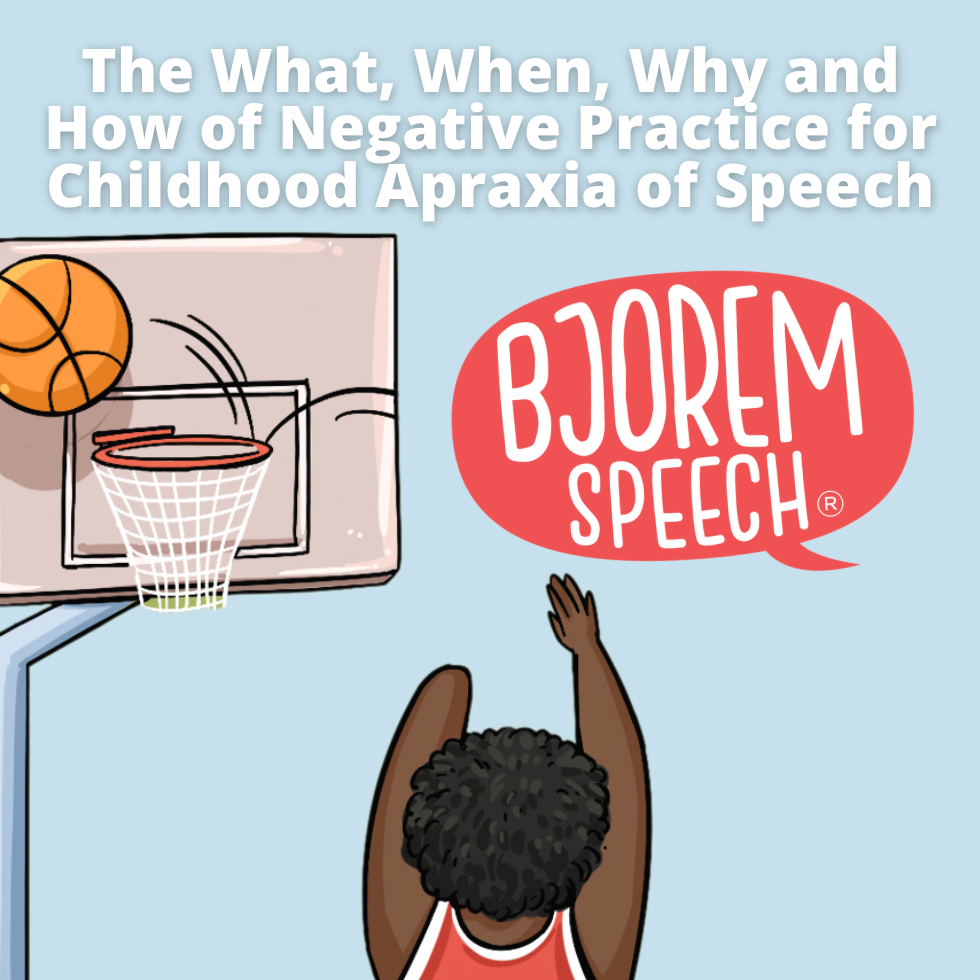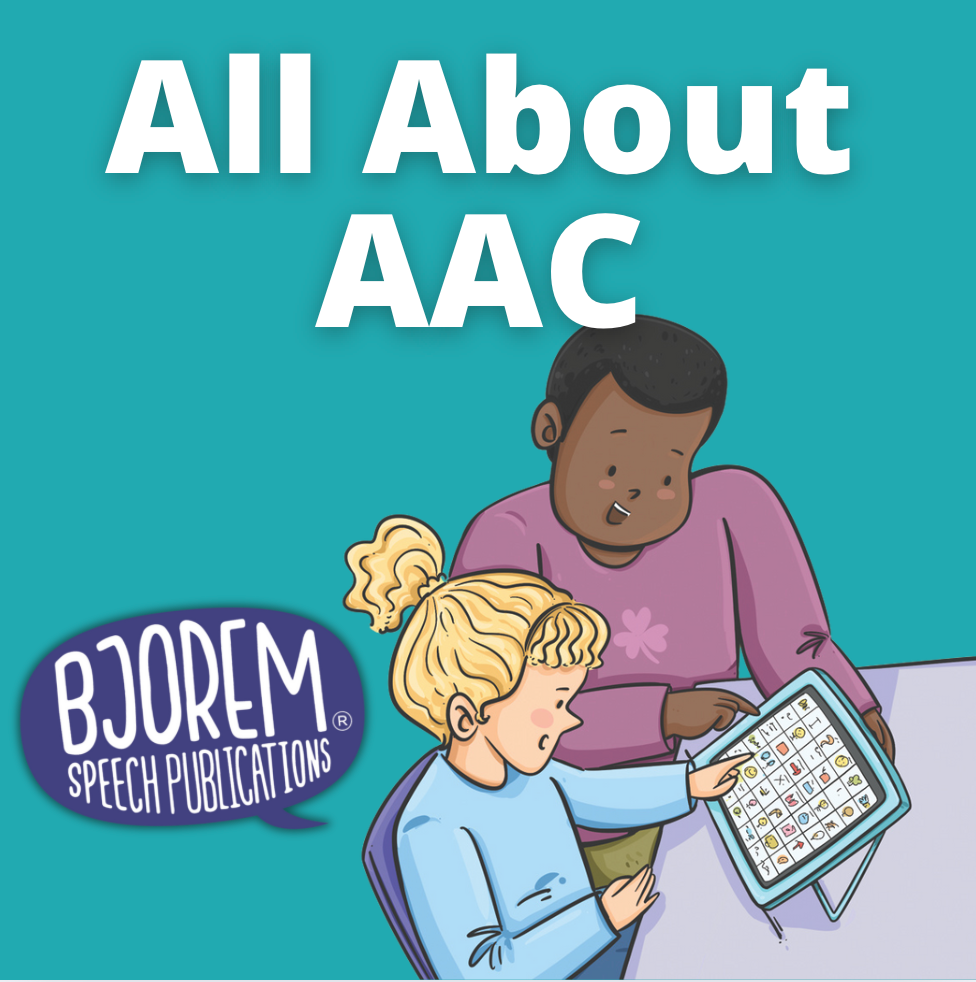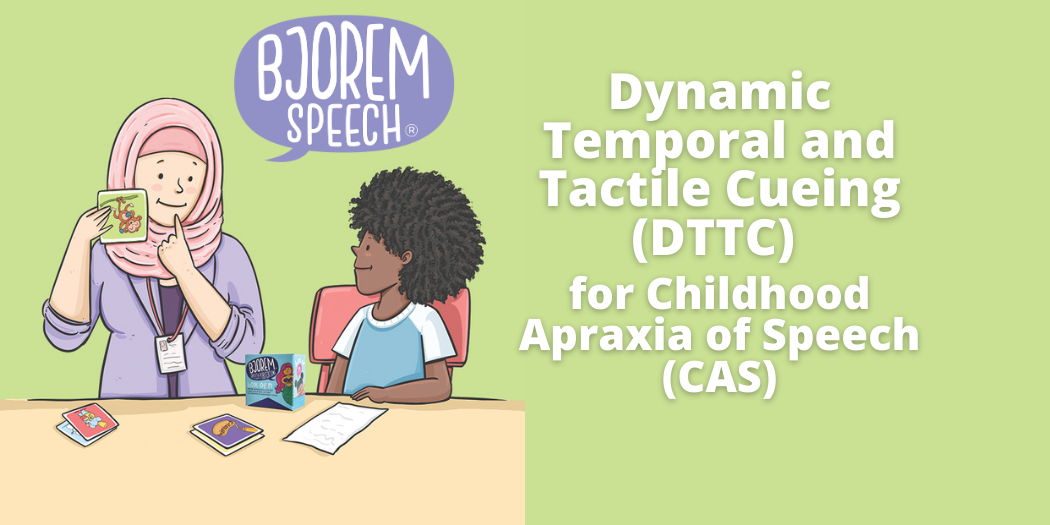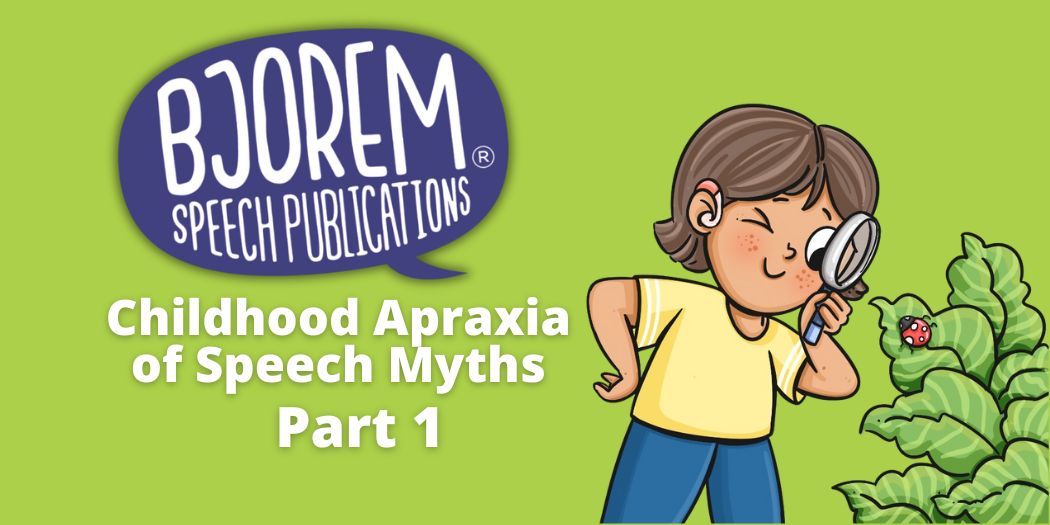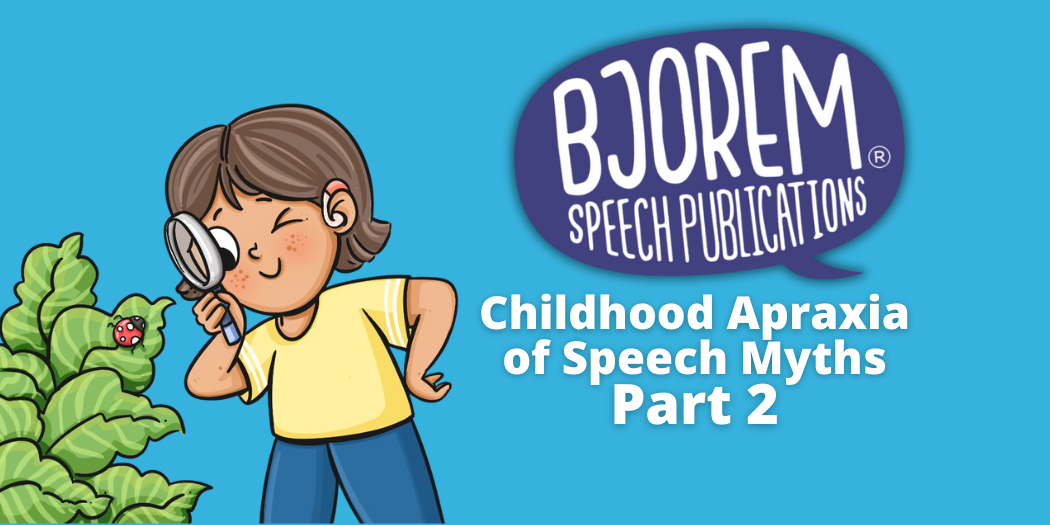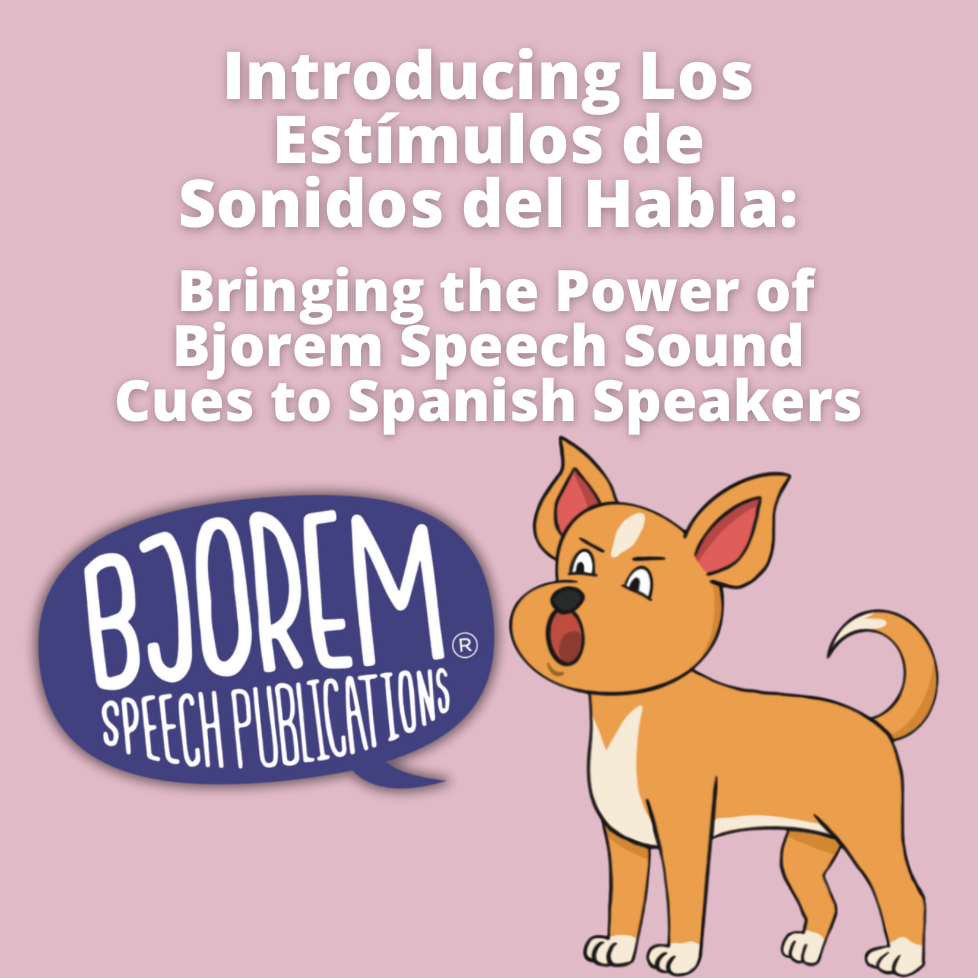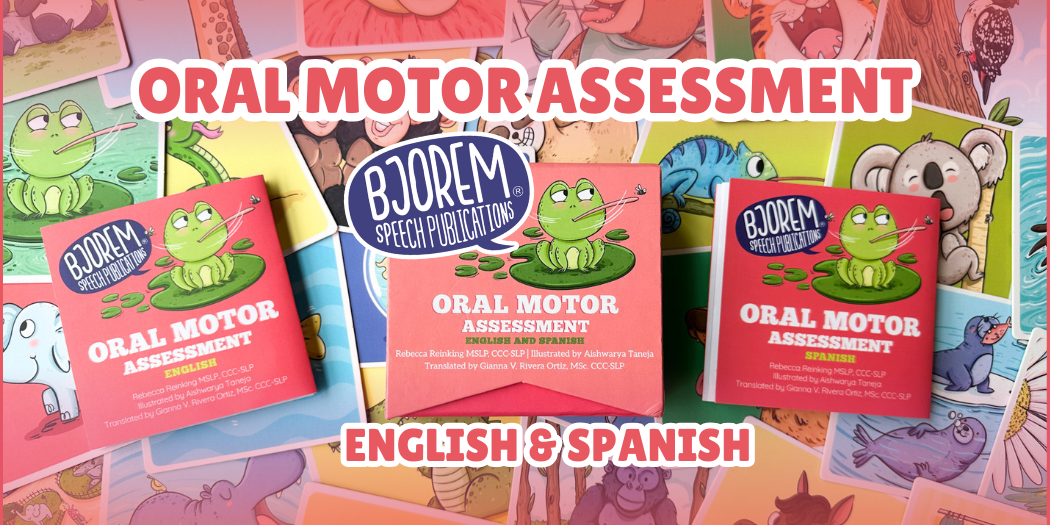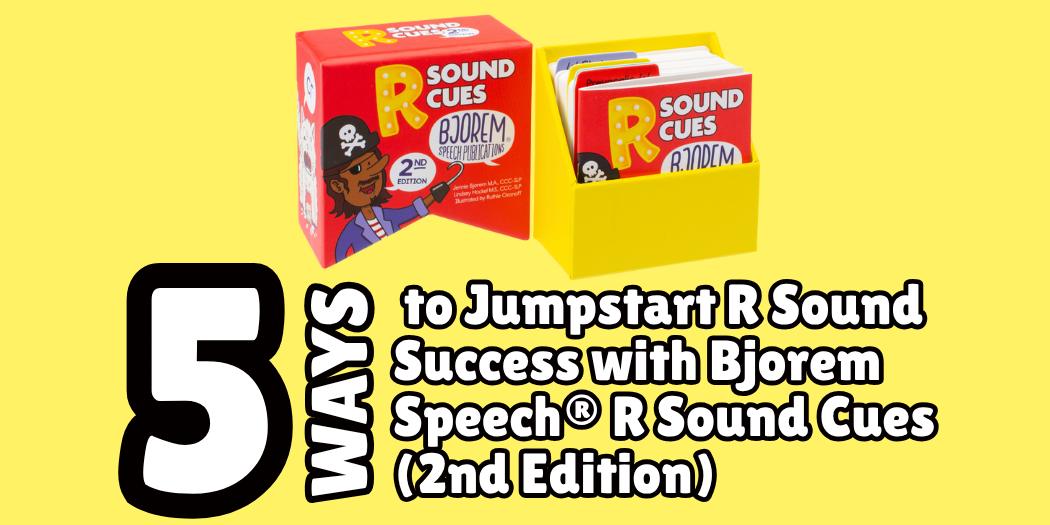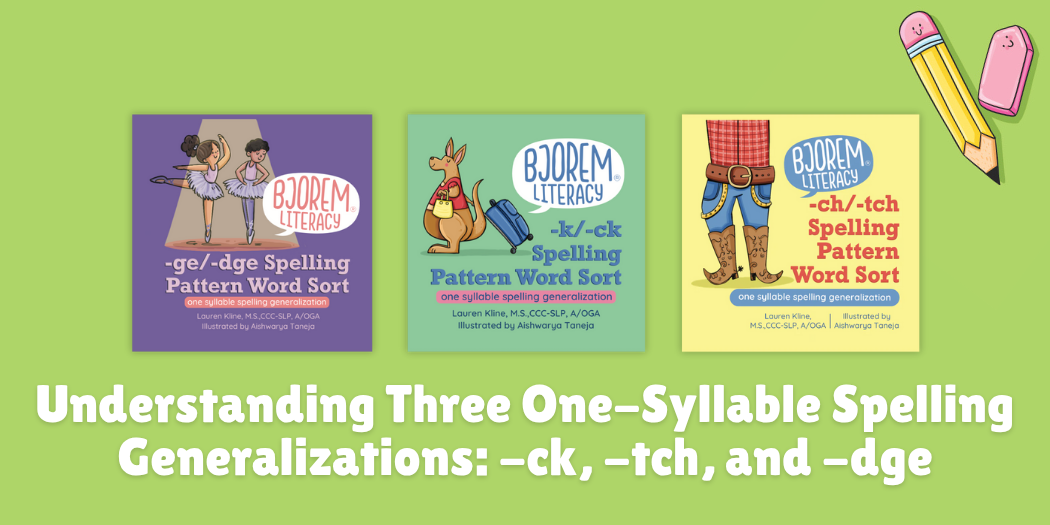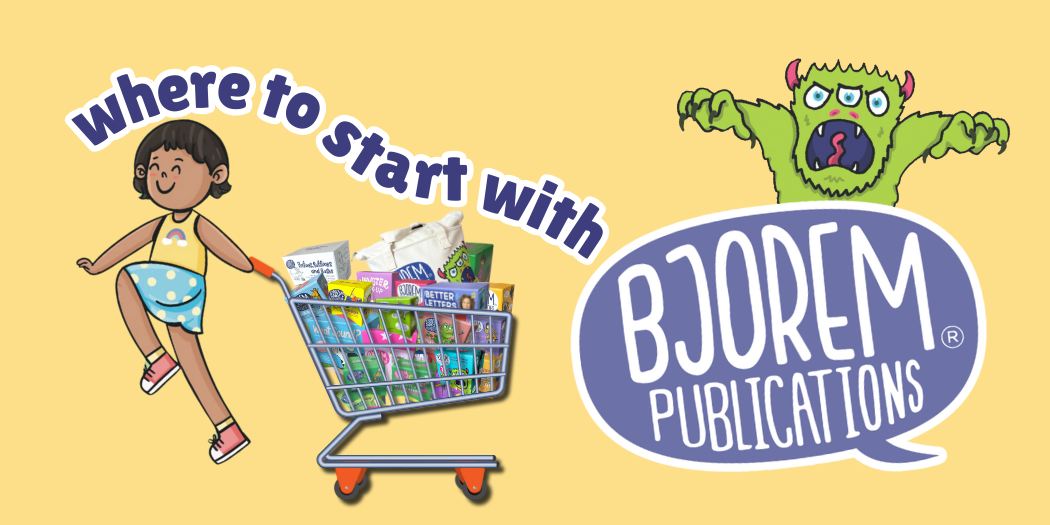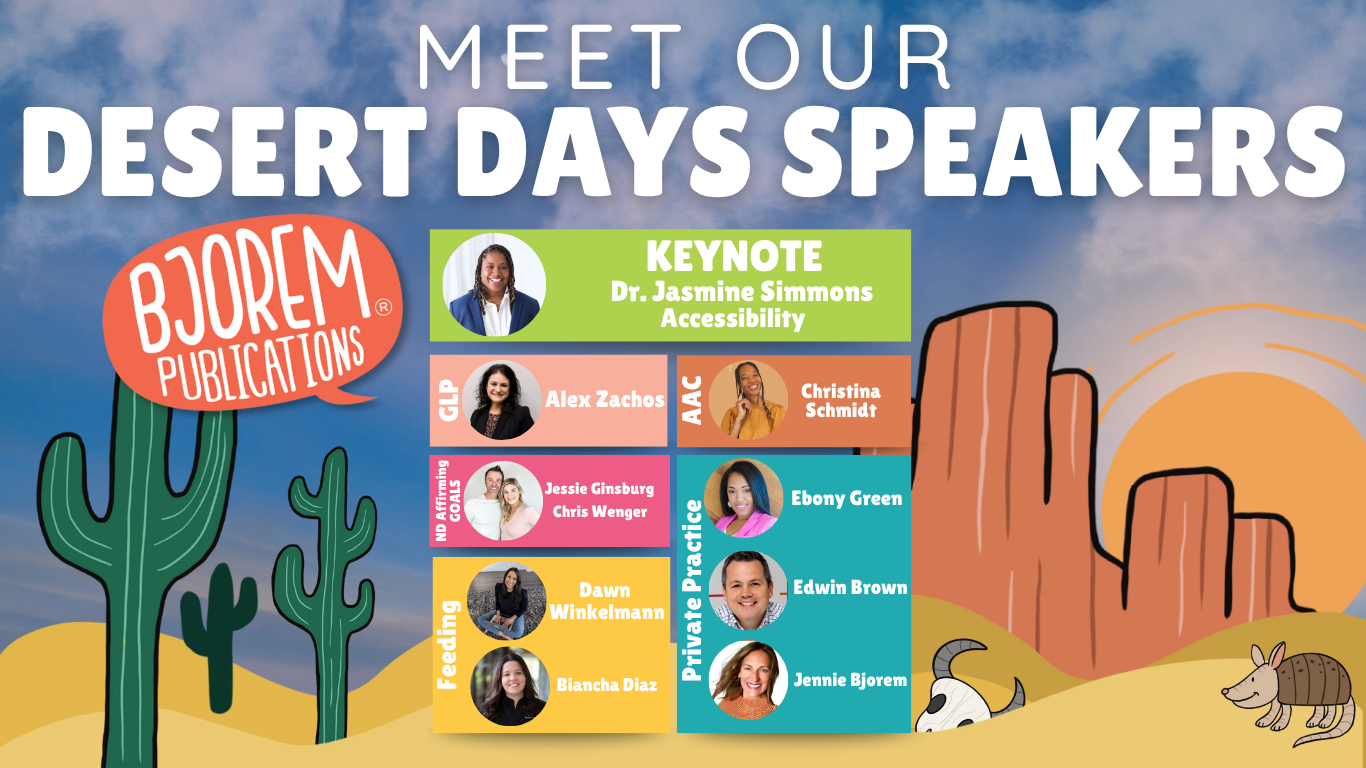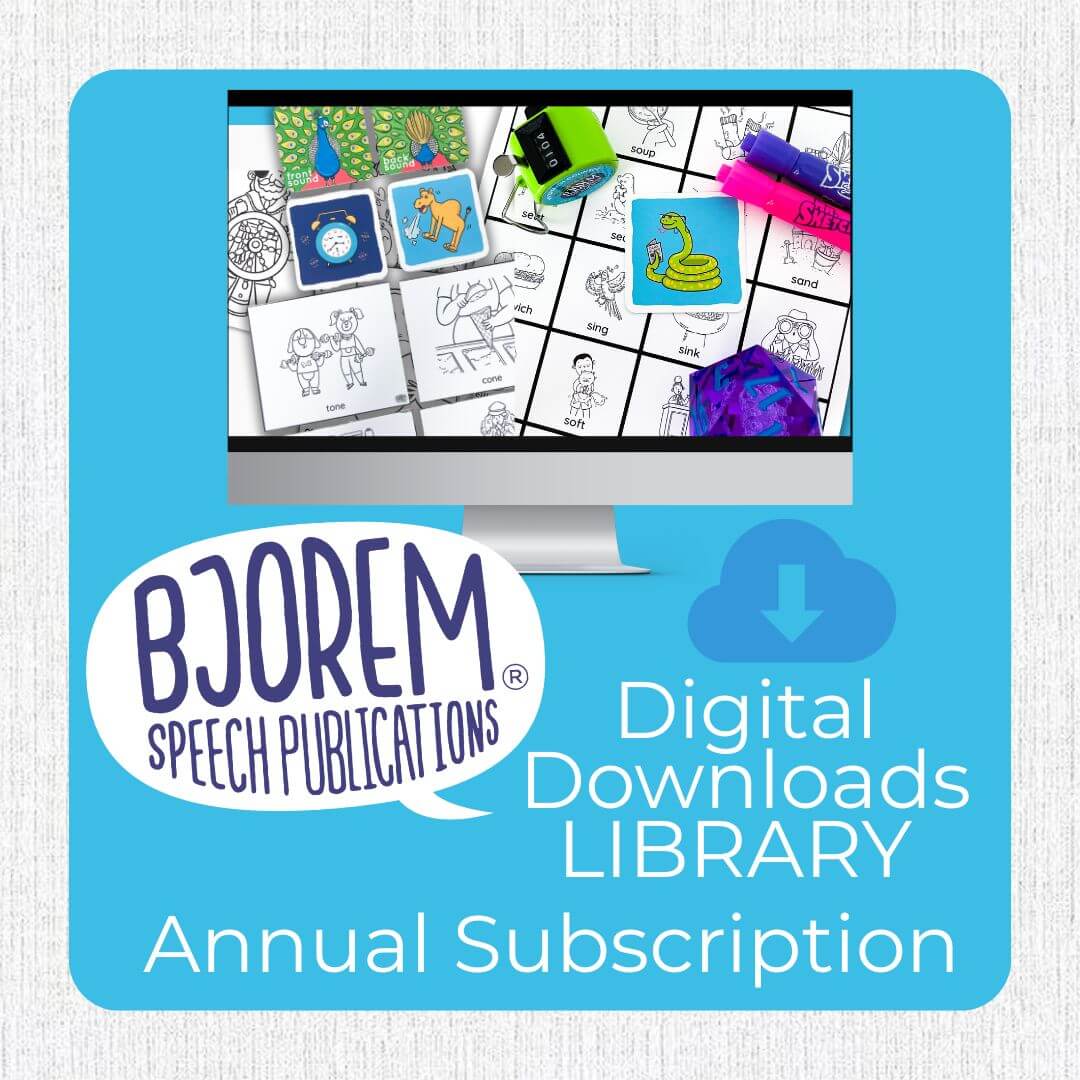 Building early literacy is about more than just teaching children to recognize letters or sound out words; it's about helping them make meaningful connections between speech, print, and language.
Building early literacy is about more than just teaching children to recognize letters or sound out words; it's about helping them make meaningful connections between speech, print, and language.
When we link sounds to letters and attach those words to meaning, we give students a full understanding of how written language works. This integrative approach supports the development of the reading brain, fosters long-term word storage, and creates pathways for comprehension.
By intentionally connecting phonology (speech sounds) to orthography (written letters) and semantics (word meaning), we can lay a strong foundation for literacy that supports students in reading, spelling, and understanding language more deeply.
When we think of phonemic awareness, we often imagine oral activities like isolating, segmenting, or blending sounds.
These skills are not just early literacy exercises, they are the cognitive underpinnings of both reading and writing.
Phonemic awareness allows students to understand that spoken words are made up of individual sounds (phonemes), which is essential for orthographic mapping, or linking those sounds to letters when reading and spelling.
While these skills begin as oral tasks, we quickly move to sound-symbol connections as the bedrock of decoding (reading) and encoding (spelling). For many students, especially those with dyslexia or other language-based learning differences, moving from sound awareness to fluent reading and writing requires structured, multisensory experiences that make these abstract concepts concrete, tools that help them see the sounds in words and connect them to meaning. That's where strategic, engaging instruction—like word chaining—comes into play.
That's where Links and Ladders becomes a game-changer.
Here's the twist: CVC Links and Ladders doesn't just teach students to encode and decode through word chaining, it also brings words to life by highlighting meaning, vocabulary, and multiple-meaning words. This innovative approach deepens student engagement, increases vocabulary exposure, and builds the kind of flexible word knowledge that supports both decoding and comprehension.
Let's delve into how this transformative approach can revolutionize your reading instruction. Whether you're a parent, a classroom teacher, a reading specialist, an academic language therapist, or a speech-language pathologist, Links and Ladders® offers actionable steps for helping learners read and spell.
What is Word Chaining?
Word chaining is a dynamic and integrative literacy activity where students build a chain of words by changing one phoneme (sound) at a time. Each small change results in a new word, giving students a chance to apply phonemic awareness skills (segmenting, blending, substitution, manipulation) within the context of real words.
For example:
kit → kid → hid → hit → hot
In this sequence, the student is:
-
Practicing phoneme substitution and manipulation (core phonemic awareness skills)
-
Mapping phonemes to graphemes (phonics)
-
Reinforcing letter formation and alphabet knowledge
-
Developing orthographic mapping for long-term word storage
-
Strengthening both decoding (reading) and encoding (spelling) simultaneously
It's an efficient, engaging, and research-supported way to layer foundational skills. But what's often missing in traditional word-chaining tasks is meaning, and that's where this method sets itself apart.
Why Add Word Meaning?
Adding word meaning to phonics and word chaining provides critical support for both working memory and semantic development.
1. Working Memory Support
In a traditional chaining task, students must hold onto the previous word in their mind while manipulating sounds to form the next one. For emerging readers, especially those with dyslexia or weak working memory, this cognitive load can feel overwhelming.
The illustrated cards in Links and Ladders reduce this burden by anchoring each word with a visual. The picture provides a semantic anchor, allowing the student to reference both the meaning and spelling of a word without losing their place in the chain. Students can independently check their written words against the images, strengthening the link between orthography (spelling), phonology (sounds), and semantics (meaning).
2. Context and Comprehension
Visuals bring abstract sounds and letters to life. When students see a picture of a hat or a bug, they're not just connecting letters to sounds; they're connecting those symbols to something they know and understand. This strategic process builds a bridge from code-based instruction to meaningful reading.
Let’s go back to the example above. How much more is added when the learner writes kit and sees?
and writes hid and sees:
Why Teach Multiple-Meaning Words?
Beyond sound-symbol correspondence, children need exposure to rich, flexible vocabulary, and that includes words with multiple meanings. Teaching multiple-meaning words supports:
-
Word retrieval: Helping students access and produce the right word from memory
-
Oral and written expression: Strengthening expressive language and writing skills
-
Deeper vocabulary knowledge: Understanding nuances in word use and meaning
-
Comprehension: Recognizing how context changes meaning
Consider the word bat. When a student sees an image of a bat swinging a baseball bat, they're introduced to two meanings of the same word, one animal and one sports equipment.
Want to go further? You can play with syntax and grammar by using the word in a sentence:
The bat bats the bat.
This gives you an opportunity to talk about nouns, verbs, and sentence structure in a way that's playful and memorable.
Integrating Language Components: A Multi-Layered Approach
According to the multi-component model of reading fluency, skilled reading develops from the automatic integration of all the underlying components of language:
-
Phonology – sound awareness, specifically targeting phonemic awareness, key foundational skills for reading and writing
-
Orthography – written symbols
-
Semantics – word meaning
-
Morphology – parts of words (prefixes, roots, suffixes)
-
Syntax – sentence structure
Links and Ladders supports explicit instruction in all of these areas. Every card becomes an opportunity for a comprehensive and layered lesson. This approach ensures that all aspects of language are covered, providing a solid foundation for literacy development. Look at all that is addressed with this approach:
-
Phonology and Phonemic Awareness: Identify and isolate the target sound; segment individual phonemes (sounds) in the word; phoneme manipulation of sounds to create new words in the chain/ladder
-
Orthography: Spell the word using letter tiles or handwriting
-
Semantics: Define the word and use it in a sentence
-
Syntax: Identify its part of speech and role in a sentence
-
Morphology: Add a suffix or prefix if applicable (e.g., jump → jumped)
And when a card depicts a multiple-meaning word? That's a golden opportunity for humor, creativity, and deeper understanding.
Why This Matters
When children see that changing one small sound (phoneme) creates entirely new words, with new spellings and meanings, they begin to grasp the flexibility and power of language.
They're no longer just learning to read, they're learning how words work.
Integrating phonemic awareness, phonics, spelling, vocabulary, and syntax doesn't have to be complicated. With tools like Links and Ladders, it becomes fun, hands-on, and meaningful.
Final Thoughts
Word chaining is no longer just an encoding or decoding drill. When combined with word meaning and multiple-meaning exploration, it becomes a bridge, a link between sound and symbol, meaning and memory, playful learning and deep literacy.
Whether you're a parent supporting your child at home, a therapist working one-on-one, or an educator leading small group instruction, word chaining with meaning offers an engaging way to build fluency, vocabulary, and confidence, one word at a time.
Pop open the deck and let us know your experience!
